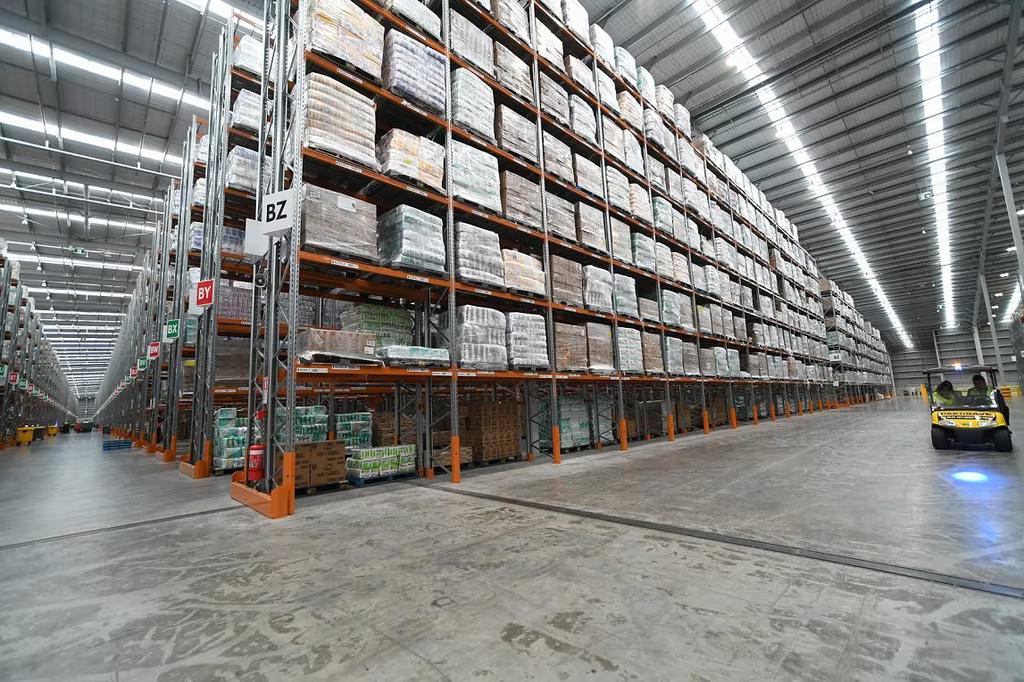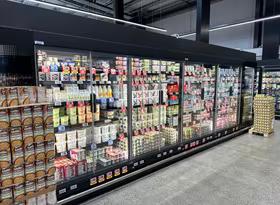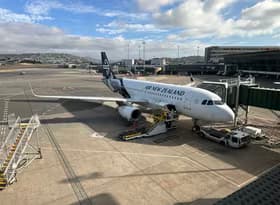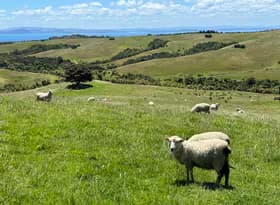
Media Release: Costs from grocery suppliers to supermarkets increase 4.8%pa in November
Supplier cost increases have further moderated in November, with an annual increase of less than 5%pa. The Infometrics-Foodstuffs New Zealand Grocery Supplier Cost Index (GSCI) shows a 4.8% increase in what suppliers charged supermarkets for goods in November 2023 compared to a year ago – down from 5.4%pa in October 2023.
“November’s result is the first sub-5% annual increase since March 2022,” says Infometrics Chief Executive and Principal Economist Brad Olsen. “Cost increases continue to be sustained at a higher pace than in 2018-19, but not as fast as throughout 2022, when inflationary pressures ran rampant.”
The Infometrics-Foodstuffs New Zealand Grocery Supplier Cost Index (GSCI), commissioned by Foodstuffs New Zealand, measures the change in the list cost of grocery goods charged by suppliers to the Foodstuffs North Island and Foodstuffs South Island co-operatives. The Index utilises detailed Foodstuffs NZ data across over 60,000 products the Foodstuffs co-ops buys to stock in their 500+ stores, making it the largest dataset of its type in New Zealand, to give a real-time view on supplier cost changes.
Every month, the Index tracks what it costs supermarkets to buy the goods to put on the shelf. Previous analysis shows that supplier costs are the major component of supermarket prices, representing two-thirds of the on-shelf price.
“Just over 4,800 items increased in cost in the November month, more than double the 2,000 or so products that rose in cost in November 2020,” says Mr Olsen. “Last month, over 63% of items that changed cost recorded a 0-20% cost increase, larger than the 58% of items in November 2020. A similar proportion rose in cost by more than 20%, at 8.8% in November 2023, compared to 8.3% of items three years earlier. However, a smaller proportion of items fell in cost in November 2023, with 28% of items doing so, compared to 34% in 2020.”
“All departments recorded higher supplier costs in November 2023 than a year ago, but the pace of these cost increases continues to slow across almost every department,” says Mr Olsen. “Seafood supplier costs increased the most in the last month, followed by grocery. These high monthly gains kept grocery in the top spot for annual increases, with several breakfast foods and cereals rising in cost during November.” Fresh vegetable produce costs remained lower, but some fruit costs rose.
“Encouragingly, various input indicators are still pointing towards a continued input cost moderation. Fuel prices are lower, limiting upwards pressure on input costs resulting from higher transport costs. The exchange rate has risen recently, making the cost of importing goods relatively cheaper, and other input cost indicators are showing similar slower cost rises,” says Mr Olsen.
ENDS
Note:
The Infometrics-Foodstuffs New Zealand Grocery Supplier Cost Index (GSCI), commissioned by Foodstuffs New Zealand, measures the change in the list cost of grocery goods charged by suppliers to the Foodstuffs North and South Island cooperatives.
List cost refers to the cost suppliers charge retailers before trade spend is applied; trade spend being any form of discount provided by a supplier to allow their goods to be discounted.
The Index utilises detailed Foodstuffs NZ data, across over 60,000 products, analysed by independent economics consultancy Infometrics to produce the GSCI and publish it on a monthly basis. For more details see www.infometrics.co.nz/product/grocery-supplier-cost-index.








